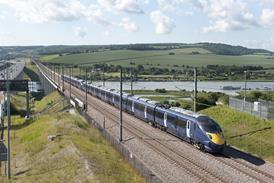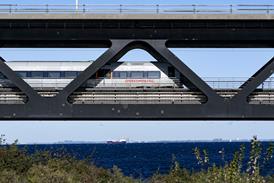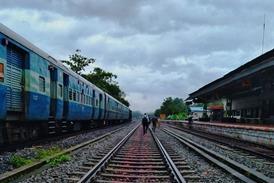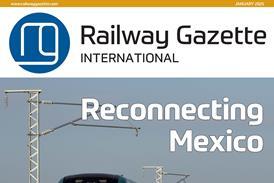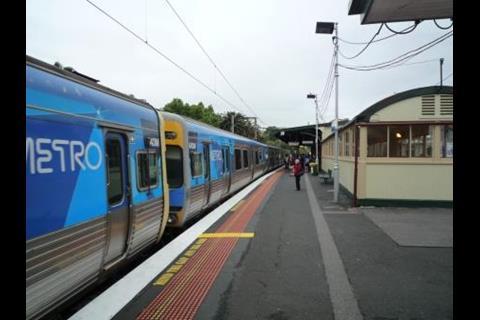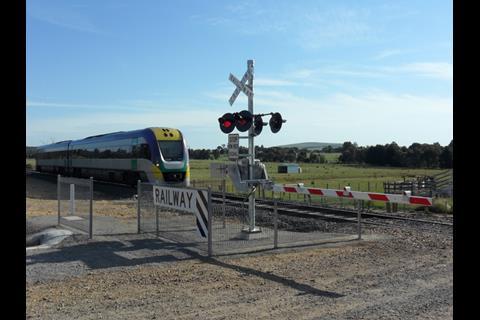AUSTRALIA: The Victoria state government has allocated more than A$6bn for rail investment in its 2015-16 budget, announced by Treasurer Tim Pallas on May 5.
The headline element is A$2bn for rolling stock investment as the first tranche of a 10-year programme to strengthen local public transport and revitalise the state’s domestic rolling stock manufacturing industry. Other spending includes up to A$2·4bn over four years towards the removal of 50 of Victoria’s most dangerous level crossings, A$1·5bn for planning, design and early construction of the Melbourne Metro Rail cross-city link, and up to A$220m for the Murray Basin Rail Project.
Entitled Trains, Trams, Jobs 2015-25, the Victorian Rolling Stock Strategy unveiled by Premier Daniel Andrews on May 4 envisages the construction of 100 suburban EMUs, 100 new trams and additional regional trainsets to support a ‘massive expansion’ of regional services.
Noting that the local rolling stock industry supported up to 10 000 jobs, Andrews said not a single tram had been ordered in the past four years. Meanwhile, Melbourne’s population was continuing to grow rapidly. He predicted that ‘as we transform our public transport system with projects like Melbourne Metro Rail, patronage will grow to more than 1 billion passengers/year by 2031’.
According to state Transport Minister Jacinta Allan, ‘the number of people using our public transport is growing twice as fast as our population. Without this critical investment and a long-term plan for rolling stock, our network would grind to a halt.’
The A$2bn first tranche in the 2015-16 budget includes five more Alstom X’Trapolis EMUs (A$90m) for the suburban network and 37 high capacity EMUs to operate Melbourne Metro Rail (A$1·3bn), a further 20 Bombardier E-Class trams (A$274m) and 21 extra VLocity DMU cars from Bombardier to work regional services (A$257). Another A$75m has been allocated for life-extension of the ageing Comeng EMUs which still make up around half of the suburban fleet and A$21m for similar work on the B-Class articulated trams.
Andrews said ‘all new train and tram orders will be procured to ensure the best value for Victorians’, adding that the Labor government would require 50% local content in all future train and tram orders, ‘supporting local industry and providing new opportunities for skills, training and employment. Victoria is the only state that makes trams and trains. We want to see these industries grow and employ more people, which is why we’re investing strongly.’

